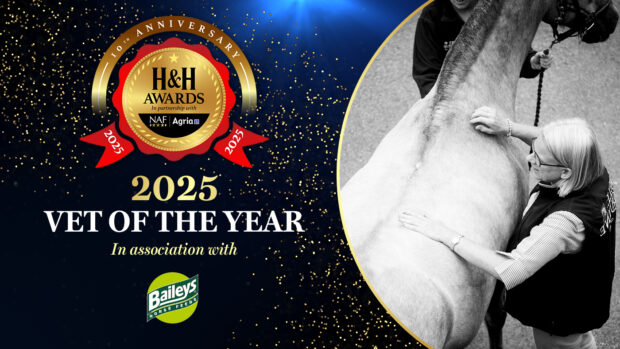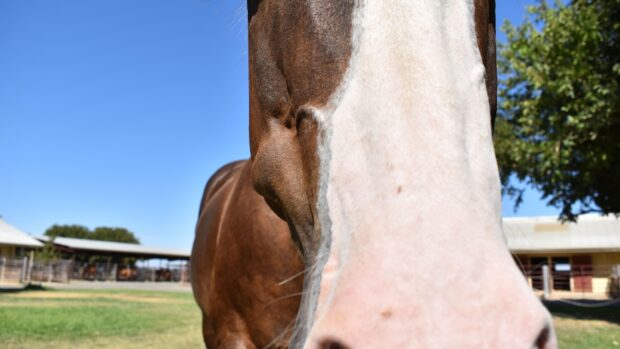It is no surprise that lethargy or fatigue may lead to poor performance or adverse behaviour in a horse, but the cause of the problem could be less obvious. Karin Kruger MRCVS looks at some of the possible reasons for a drop in energy in the performance equine.
1. Poor conformation
We need to work with each horse as an individual to prevent or address any problems that stop him from enjoying his work. When horses are not physically up to the work expected of them, we should question whether our expectations are realistic. Ask the question; does this horse have the ability and the training to perform how I am expecting him to?
2. Subclinical problems
These are problems which are not severe enough to present observable symptoms. With an accurate diagnosis, these problems can be managed sufficiently to allow the horse to lead a happy and productive life.
Diagnosis is usually achieved through a comprehensive poor performance evaluation which starts with an assessment of the horse’s work and performance history, as well as noting any previous illnesses or injuries. We then move on to a physical and orthopaedic examination. This includes a trot-up, blood tests and an exercise test. Additional evaluations that are often performed include gastroscopy, upper airway endoscopy (looking at the airway function at rest and exercise), a lung evaluation, X-rays and ultrasound.
There is also a physical examination which includes a conformational and orthopaedic assessment.
3. Abnormalities in energy metabolism
In healthy horses, energy in the form of glucose is transported in the blood to the cells that need it. Glucose is taken up into cells in a process that depends on insulin, but horses with equine metabolic syndrome (EMS) are often insulin resistant. In these horses, cells cannot take up glucose efficiently and, although there is more than enough fuel to burn for energy, they cannot use it. Rather than using up glucose during exercise, they lack energy and end up storing the glucose as fat.
Once glucose has entered a muscle cell, it is normally stored in the form of glycogen for later use. In horses with polysaccharide storage myopathy (PSSM), the gene that encodes the enzyme that makes glycogen from glucose is defective, causing abnormal glycogen to be deposited in muscle cells.
Riders report that these PSSM horses refuse to work after around 15-20 minutes into exercise and just stop. By determining the exact cause of the horse’s altered metabolism and muscle function, an appropriate diet and exercise regimen can be developed to account for each horse’s specific metabolic needs.
Like this? You might also enjoy reading these:
Stay on the look out for these common eye problems in horses

4 common eye problems in horses and how to treat them

6 common hoof problems to keep an eye out for

Subscribe to Horse & Hound magazine today – and enjoy unlimited website access all year round
4. Stomach ulcers
Studies show that stride length in racehorses with ulcers decreases significantly. In sports horses, the discomfort associated with stomach ulcers causes a reluctance to engage abdominal muscles to extend, collect or jump. Treating these ulcers can have a dramatic effect on a horse’s comfort and performance.
5. Mild asthma
Many horses also suffer from subclinical lung inflammation or mild asthma. They may cough once or twice at the beginning of exercise, or simply feel a bit dull and heavy to ride. By taking a sample of fluid from the lung, we can diagnose lung inflammation and prescribe treatments and management changes to control it.
Horse & Hound magazine, out every Thursday, is packed with all the latest news and reports, as well as interviews, specials, nostalgia, vet and training advice. Find out more about getting the magazine delivered to your door every week.




